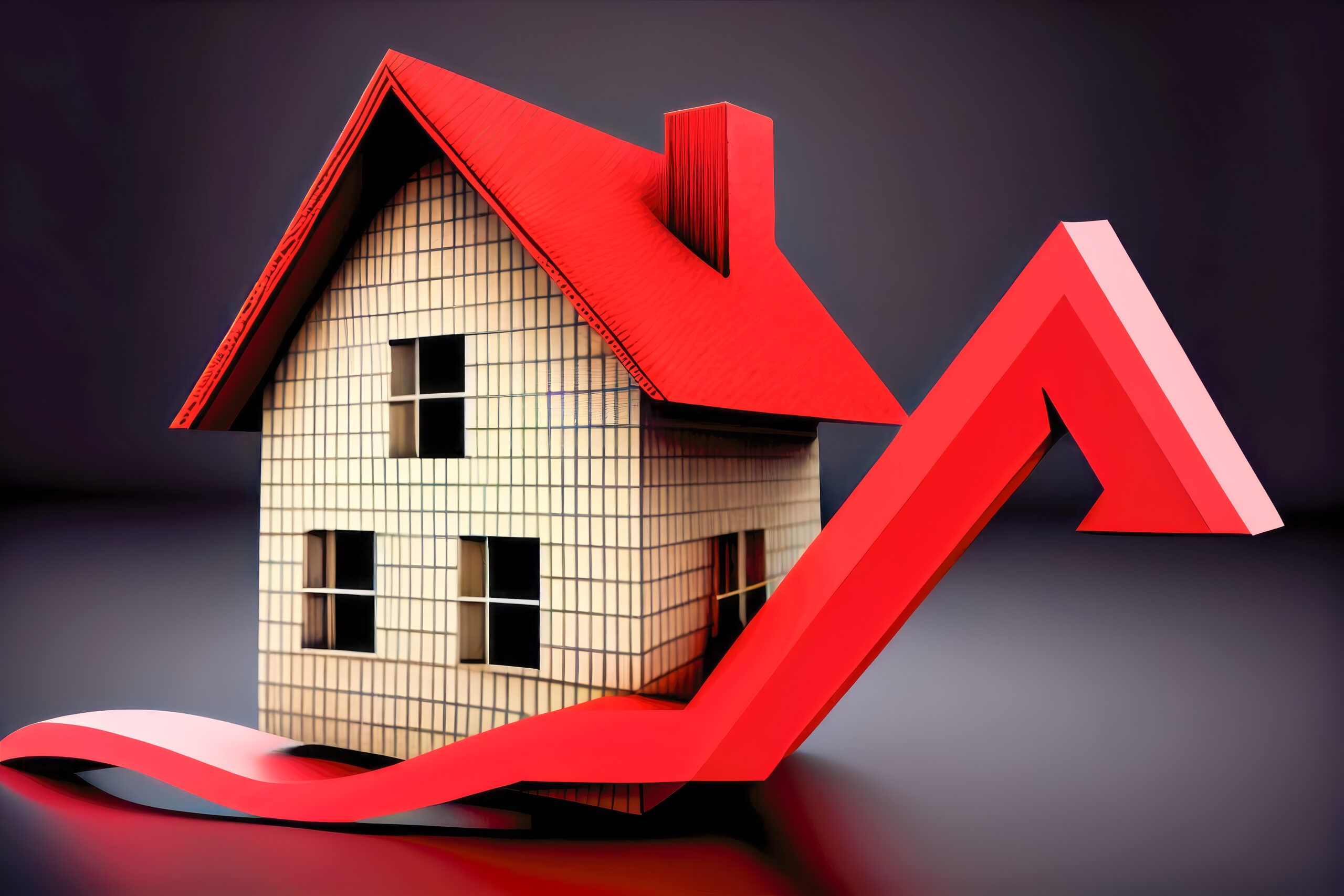In real estate, the current narrative is not chaos but transition. It’s a narrative of a market gracefully navigating a cooling phase, where the rapid pace of transactions gives way to a more measured rhythm. This shift brings nuances that signal not a crash but rather an adjustment—a recalibration of the forces that drive the housing market, showcasing its resilience.
Central to this recalibration is a cooling market—a term that encapsulates a deceleration in the velocity of property transactions. Picture a bustling marketplace where sales slow down like a simmer after a boil. This deceleration can manifest in various ways, notably stabilizing or slightly decreasing prices. Yet, crucially, this doesn’t imply a collapse. Instead, it suggests a market finding its equilibrium after a period of frenetic activity.
The underlying confidence saturating the market distinguishes this cooling from a crash. Predictions, those heralding future trajectories, whisper assurances that the market’s foundations remain sturdy despite the cooling. It’s akin to a ship adjusting its sails to navigate shifting winds rather than being buffeted by a storm. This confidence is bolstered by the understanding that while the pace may slacken, the market’s fundamental health remains intact.
The delicate interplay between supply and demand lies at the heart of this market recalibration. Low inventory, a hallmark of many contemporary real estate landscapes, continues to exert its influence. With fewer properties available for purchase, buyers find themselves navigating a landscape where choice is constrained. This scarcity amplifies supply and demand dynamics, exerting upward pressure on prices even amid a cooling phase.
Simultaneously, sellers find themselves confronted with the need to recalibrate their expectations. The days of rapid-fire bidding wars may be waning, replaced by a more measured approach where patience is a virtue. Adjusting to this new paradigm requires a willingness to align expectations with market realities—a task that may prove challenging but is ultimately necessary for successful transactions.
Amidst these shifts, real estate professionals find themselves in a position of adaptation. Strategies honed in the crucible of a hot market may require refinement to suit the nuances of a cooling one. Flexibility becomes paramount in navigating this evolving landscape, from pricing strategies to marketing approaches.
A cooling market presents a silver lining during this period of adjustment. It offers a break from the frantic pace of its hotter counterpart, providing both buyers and sellers with the freedom to make more thoughtful decisions. It’s a time of opportunity, where strategic moves can be made unburdened by the pressure cooker environment of a rapidly rising or falling market.
In conclusion, the narrative of a cooling real estate market is one of adjustment rather than alarm. It’s a testament to the market’s resilience, adapting to changing conditions with confidence and poise. While the pace may slow and the landscape may shift, the underlying stability signals not a crash but rather a recalibration—an opportunity for buyers and sellers to navigate with clarity and purpose.

